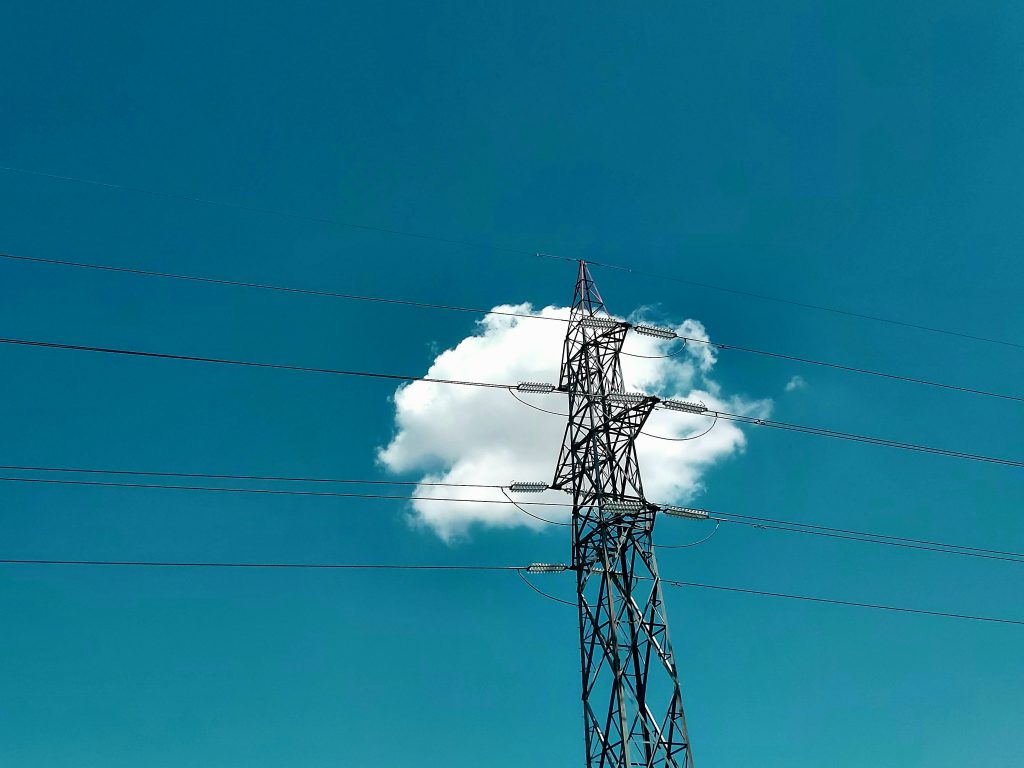Reliable, Cheap, Renewable – pick two. I had a former colleague who used to drop that on me periodically and I get what he meant, and in fact, it supports largely the way that utilities have been operating since they started popping up – Keep the lights on and the rates low.
Now, this is in no way an obstructionist piece against a cleaner grid, mitigating climate change, and or ultimately a more sustainable planet – this is meant to be an objective conversation starter about some of the hidden, or at least not talked about realities as we make this noble transition towards a cleaner grid, and it comes down in many instances to the cost of reliability, short term and long term.
I’m going to pick on New England for a bit, or NEPOOL for the OG’s, mainly because it’s the ISO that I am most familiar with, but I believe this applies to just about any ISO/RTO going through a transition, and it all comes down to change management and who is controlling the direction and pace.
Utilities have in many ways avoided jumping on risky bandwagon investments or shiny new concepts and programs to ensure fiduciary oversight and support of their customers. However, we find ourselves in an interesting circumstance – the move to a decarbonized electric grid has more public, legislative and regulatory support than ever (let alone the support from the capital markets, but that might just be prospect of issuing more capital through debt to support these initiatives). Cue change management.
We currently sit in New England with approximately 35,000 MW of installed generation capacity to address a summer peak load of somewhere north of 25,000 MW of cooling demand. While the merits of an extra 40% of Capacity Reserve Margins are prudent, those in charge of the grid must prepare for generator outages, both planned and forced, as well as transmission system issues that could sideline generation. Most of that generation is firm and dispatchable, and there when its needed – however – most of that generation is also thermal, take that however you’d like.
Now let’s talk about our current carbon free grid transition. Let’s assume that we could start the generation fleet from scratch. We still have the same demand (we’ll tackle electrification, behavioral changes and the associated challenges in a future piece), but now we largely have a fleet of intermittent resources, Wind, Solar, Run of River Hydro. While those sources arguably do not have a variable or fuel expense (maintenance aside), they do have a significant Capital Cost to be recovered over the lives of the assets, which can materialize in the forms of PPAs which at face value are in fact more expensive than PPAs from existing thermal resources, but those aren’t the cost that I want to address. We’re going to address the short- and long-term costs of reliability on our path to a decarbonized grid.
On the short-term side, environment pressure and competition from subsidized and sponsored new renewable resources are artificially suppressing market pricing, and in a competitive market where resources are paid the marginal market clearing rates, we are losing firm dispatchable, yet thermal resources; resources that are needed for reliability purposes. So, what happens? Regulators and Legislators make sure that State supported resources find a way to be developed, and then separately the Grid Operators must find ways to keep those thermal resources around for reliability prices at a higher rate than market. Effectively resulting in a higher cost to consumers. As long as Grid Operators are beholden to Federal Standards and not State Sponsored Policy, we will most likely see a sub-optimal transition, to the detriment of the ratepayer.
On the long-term side, lets again envision starting from scratch, a carbon free grid predominately supported by wind, solar, and hydro power resources. The easiest way to do this is to think about the scenarios that could go wrong (common sense risk management). What would we need if the event of a weeklong, wind free summer peak period? A tremendous amount of battery storage or some other form of storage and significant excess capacity – for our hypothetical 25,000 MW peak, would we need 75,000 MW of generation and 10,000 MW of storage with a run duration of several days? That sounds incredibly expensive when you recover the cost of all that capital over the life of these assets. What about the winter scenario when a Polar Vortex hits new England in January with little to know wind? Solar isn’t going to do much considering the radiance during that time of year. You start to get the point, some might argue that folks will have to use smarter, and that is a big part of this transition. But usage management isn’t the same as keeping the heat on so our pipes don’t freeze or the population suffers.
So let’s take a balanced approach to the transition as we responsibly move towards our cleaner grid.

